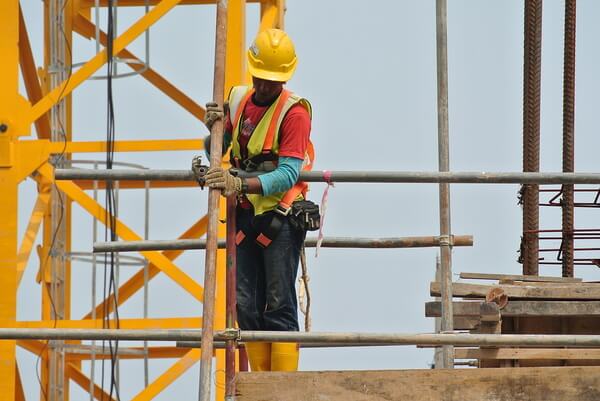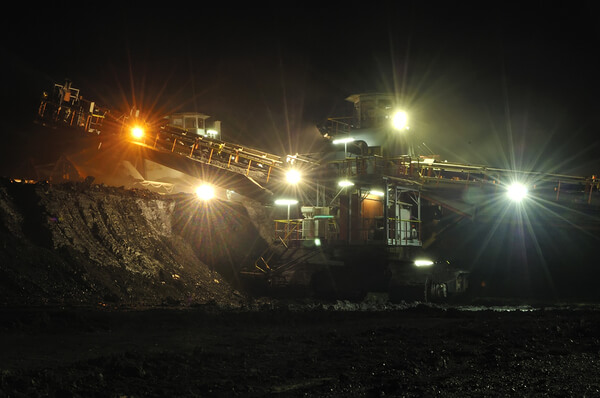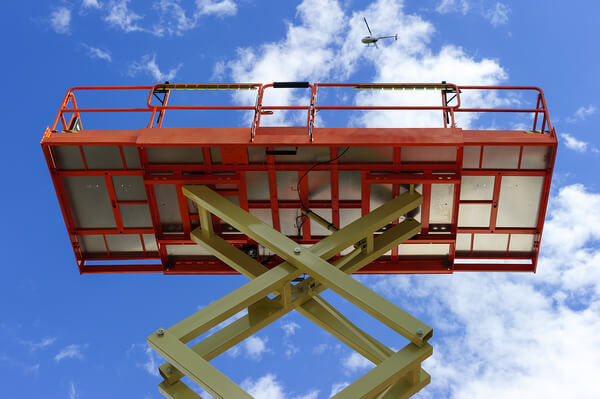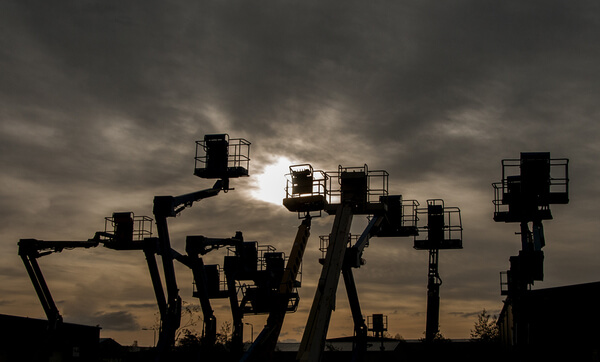A Guide to Equipment Rental Safety During Construction
Renting construction equipment is a useful, cost-effective way to get what you need for any job. But a major concern, whether you've got a bulldozer on site for a day or multiple machines working for weeks, is proper equipment rental safety. What do you need to know about heavy equipment to use it safely?
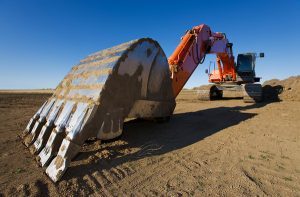
Choice Of Equipment
The first step is choosing the equipment that's right for your job. If you've got a small job site, you don't want to rent an excavator that takes up half the space. Have exact dimensions for your job site and know precisely what you want the equipment to do. Put together a rough budget for the job. Don't forget to include buffers for potential overruns so your crew isn't rushing to get rented equipment off the site. Haste causes accidents.
Don't hesitate to discuss your needs with construction equipment rental companies when you call to inquire about what they have. Keep the specifications of your job handy and ask about potential safety concerns. If they've got recommendations for dealing with certain jobs, ask about why they believe it'd be the best tool. Make a point of asking about the cost of renting certain accessories and any safety concerns you might have around those as well.
Once you have a list together of equipment you're interested in, ask your crew and fellow contractors about equipment they prefer using. Knowing how to operate heavy equipment will go a long way towards encouraging worker safety which will ensure you have fewer incidents on site.
Safety Inspections
Once you know what gear you want, inspect it. Generally, construction equipment companies keep their machines in circulation instead of on their lot, so you'll likely need permission to visit a job site. Be sure to clear it with all parties involved.
When inspecting, keep in mind OSHA's "fatal four," the four most common accidents that befall construction crews: falls, object strikes, electrocution, and being caught between or in equipment. By far the most common problem on heavy equipment is "caught in," where exposed machinery snags loose clothing, fingers, or even limbs and pulls the employee into the machinery. Look closely for clear labeling, safety cages, and emergency stops built in. Inspect for exposed or damaged wires and if you see any, let the rental company know so they can repair the issues.
Finally, speak to those using the equipment and ask how it's been handling. Does it work properly? Are the safety mechanisms in place to protect driver and workers? Has there been any damage to the equipment recently? Don't forget to test basic safety equipment like seatbelts and to test the line of sight out the back. Being able to see what's behind you helps prevent being "caught between" heavy equipment and a wall.
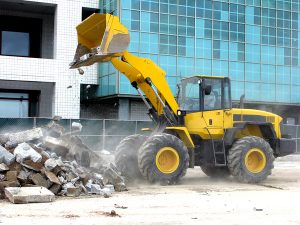
Equipment Rental Safety - Driver Certifications
Anyone who will be handling this equipment will need to be certified to do so. Certification requirements can vary widely from state to state. As a general rule, any heavy equipment on your site will need to be operated by someone with a valid driver's license, either standard or commercial. They should be able to demonstrate they are medically capable of operating the machinery.
Note that knowing how to work the machine is not the same thing as being licensed to do so. Separate from any sort of legal liability, heavy machinery can be deceptively simple to many people. Unfortunately, it's not uncommon for someone to think they can easily drive a bulldozer, only to tip it over into a ditch.
To ensure safety, the only person who should turn the key is the person with the correct license to operate your construction equipment. Even if that means waiting to start the day or finish a job, it's better to put safety first.
Crew Training
Training is crucial to worker safety, especially around heavy equipment. It's easy to take heavy equipment for granted when you're not in the cab. Inexperienced crew members likely believe there's nothing that excavator or Bobcat can do that they won't see coming. The truth is a little more complicated. While it's true that heavy equipment in good condition with a well-trained operator is generally safe to be around, there can be a litany of accidents that every crew member should be prepared for, from tip overs to sudden movements. In addition, they should be familiar with the warnings they'll receive from heavy equipment on the site. These may include signs, verbal cues, mechanical cues such as warning beeps, and visual clues such as safety lights.
Finally, make a point of having the crew teach each other about equipment rental safety. Being accountable to their coworkers helps the crew focus and make better safety decisions. Make it a point of going through each cue and rehearsing the basics of heavy equipment safety, such as staying in sight of mirrors and not walking directly behind any equipment in operation.
Designing Safety Protocols
Safety protocols are the best way to ensure safety around heavy equipment on a crew level. Every driver should follow a basic safety check. This includes walking around the equipment and visually inspect the ground for any possible sinkhole or tipover issues. Examining the equipment at ground level can be beneficial as well. Much can happen overnight on a job site, such as animals chewing through wiring or safety screens, and a visual inspection will often find dangerous issues before they can become worse.
Once the visual inspection is complete, a safety feature check should be performed. Do they have an unobstructed view of every place they'll be operating? If they're backing up, can they see out the back? Is the seat belt in place and fully secure? Does the horn work, if they have one? When your construction equipment rental starts, is it smooth or is there a hitch or other sign of trouble that will need to be checked? Even these simple safety procedures can help ensure safe operation. And don't forget to ask your drivers about potential safety concerns and protocols that they should check their vehicles for.
On The Job
If an employee sees unsafe behavior, they should feel it's okay to speak up about it. Operating heavy machinery is no joke and all safety measures should be taken seriously. Another issue may be a consistent ignoring of safety protocols, fudging safety checks, and other issues that can seem to be minor at the time. Have a system in place that discourages putting employees at risk just to save a few minutes at the console.
Ensure that everyone on the site is up on their training and knows what they're doing around the machinery. Spot inspect equipment and the ground it's resting on throughout the day. Sometimes the difference between a tragedy and a near-miss is a sharp set of eyes and a willingness to say something.
Everyone's Responsibility
The safety of every member of your crew is the responsibility of the entire crew. Rushed decision making, ignoring safety protocols, and simple mistakes such as assuming only one person is affected if they don't wear safety gear can be every bit as dangerous as falling girders or broken timbers. Complacency is an enormous risk on a job site. If everyone assumes everyone else is following safety protocol and knows what the protocol is, all it takes is one wrong moment for an injury to occur. Following all safety measures ensures a smooth working environment. To learn more about equipment rental safety, contact us today.
